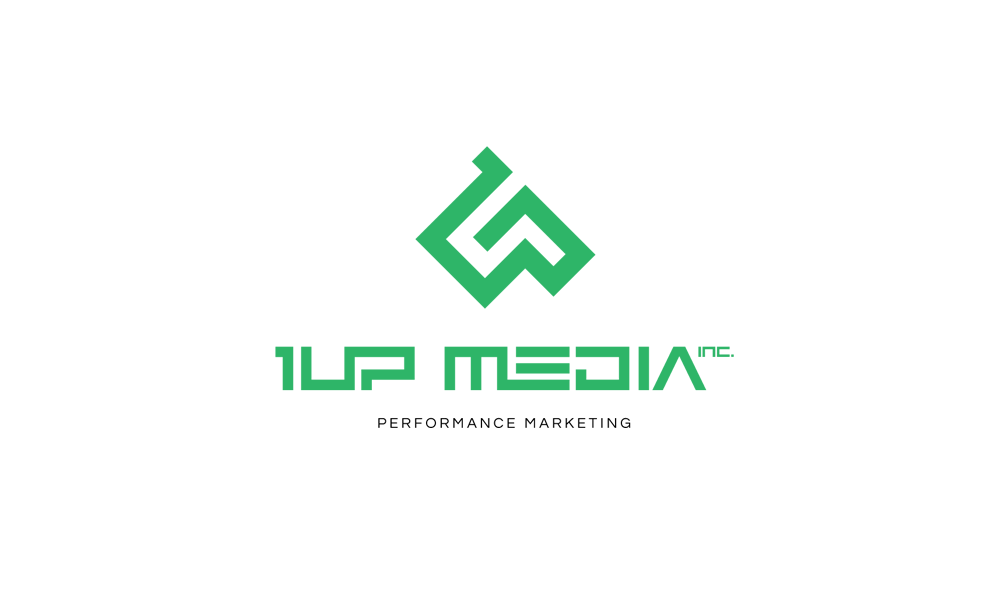Imagine sitting in a boardroom as the CFO asks, “What’s the ROI on our blog?” The marketing lead rattles off traffic numbers and keyword rankings, but the finance team stares back, unconvinced. Traffic feels intangible—hard to reconcile with revenue, profit, and balance-sheet health. Now picture a different scene: the CFO nods at a printout that lists every URL, assigns it a fair-value based on its revenue capacity, and shows how much value it lost last month through decay. That conversation shifts from vague boasts to precise dollars and cents. This is the power of Content Capitalization—treating your website not as a cost center, but as a portfolio of yield-bearing digital assets.
Most organizations still launch content as if it were a marketing campaign with a hard stop: write, publish, promote, then move on. They celebrate traffic spikes without noticing the slow erosion beneath the surface. In the weeks after launch, pages lose audience momentum; in the months that follow, they shed 60–80 % of their initial yield. Yet these invisible losses rarely hit dashboards labeled revenue, leaving leadership blissfully unaware of the silent leakage. That’s like writing off a fleet of delivery trucks because they perform below peak fuel efficiency—without ever measuring fuel burn or maintenance costs.
What if you could apply the same financial discipline that governs machinery, real estate, or intellectual property to your content? Picture each URL as a bond or equity: it has a risk profile, a yield curve, and a projected lifespan. You’d provision for depreciation, forecast net present value (NPV), and reconcile gains or write-downs each quarter. When finance sees a clear line item—“Content Depreciation Reserve: $12,000”—they stop thinking of content as magic pixie dust and start thinking of it as tangible capital. That mindset shift is exactly what 1UP Media and VerbEdge set out to achieve with the URL Ledger™.
The URL Ledger™: Your Content Balance Sheet
At its core, the URL Ledger™ is a living register of every indexable page on your domain. Instead of a flat spreadsheet of URLs, it’s a financial document that captures:
Fair Value: An estimate of a page’s revenue capacity, calculated as sessions × conversion rate × average order value × margin.
Decay Rate (λ): The rate at which a page’s value erodes, typically expressed as a weekly or monthly percentage.
Credit Grade: A Moody’s-style rating from AAA (evergreen, gold-standard assets) down to CCC (trend-driven, high-decay pieces).
Cluster Authority: A measure of topic-cluster health, balancing backlink strength against keyword difficulty.
By integrating with your analytics (GSC, GA4), CRM, and VerbEdge’s URL Decay Calculator, the Ledger imports real-time data. You see, at a glance, which pages are appreciating through compounding updates and which are depreciating through neglect. More importantly, you translate abstract metrics into hard cash—suddenly, traffic dips and ranking shifts show up as journal entries in your Content P&L.
From Depreciation to Compounding: The Math Behind the Metaphor
You don’t need a PhD in quantitative finance to grasp the principles, but it helps to understand the broad strokes. In traditional accounting, assets like machinery lose value over time through depreciation schedules—straight-line, double-declining balance, or units-of-production methods. Organic pages behave similarly, following an exponential decay curve unless you reinvest.
In simple terms, a page’s value VtV_tVt at time ttt can be modeled as:
Vt=V0×e−λtV_t = V_0 \times e^{-\lambda t}Vt=V0×e−λt
Where V0V_0V0 is the page’s peak value at launch and λ\lambdaλ is the decay constant. A λ\lambdaλ of 0.02 per week means the page loses about 2 % of its value each week. Left unchecked, that translates to a 40 % decline in three months. But here’s the catch: when you reinvest—updating content, refreshing statistics, building new links—you inject yield back into the page, much like a dividend reinvestment plan. Even a modest reinvestment rate of 10 % per quarter can offset decay and deliver net growth over time.
That compounding effect is why we say content can outperform bonds or equities when managed correctly. The URL Ledger™ automatically tracks both sides of the equation—value lost through decay and value gained through reinvestment—so you can forecast net present value (NPV) and internal rate of return (IRR) for every URL. Finance teams love this because it aligns marketing activities with capital-allocation frameworks they already trust.
Cannibalization: The Silent Portfolio Drain
There’s another hidden liability that few marketers spot until it’s too late: cannibalization. That happens when two or more pages compete for the same search intent, splitting authority and dragging down conversions across the board. Imagine you have a flagship guide on “CRM Strategy” that brought in 1,000 qualified visits per month. Then you publish a fresh “CRM Trends 2025” article without addressing overlap; traffic might look like it doubled, but effective conversions fall 20–30 % because search engines and users are confused which page is the definitive resource.
The URL Ledger™ uses natural-language embeddings and cosine-similarity scoring to surface these collisions. When two pages breach an 80 % similarity threshold, the system flags a “cannibal collision,” estimates the revenue drag, and recommends targeted resolutions—merge the content, redirect the weaker URL, or refine the intent focus. By proactively resolving collisions, you preserve portfolio health and compound yield rather than eroding it in secret.
Bridging Marketing and Finance: Speaking the Same Language
One of the toughest parts of content strategy is convincing the CFO that spending on blog posts, white papers, and pillar pages isn’t discretionary fluff but a core business investment. The URL Ledger™ bridges that gap. Instead of talking about sessions and impressions, marketing can present finance with:
Projected Cash Flow: Month-by-month revenue forecasts for each URL, net of decay and maintenance costs.
Depreciation Reserves: Quarterly write-downs recorded as provisions on the P&L, mirroring asset depreciation in traditional accounting.
Recovery Entries: When a refresh or merge yields new revenue, you post it as a positive line item—“Content Value Recovery.”
Credit Ratings: Moody’s-style grades that finance teams instantly recognize, complete with risk-premium adjustments for algorithm updates or zero-click SERP features.
When both sides speak in dollars and risk grades, alignment happens naturally. Marketing gains budget predictability; finance gains transparency into a previously opaque line item; leadership gains confidence that content investments drive measurable ROI.
An Early Win: The 30-Day Ledger Audit
You don’t have to wait a full quarter to see results. In our experience, a complimentary 30-day URL Ledger Audit often uncovers 15–20 % latent revenue across evergreen clusters—value that was quietly decaying unnoticed. The audit process is simple:
Domain Snapshot: Paste your domain into the Ledger Audit tool.
Data Pull: It connects to GSC, GA4, and the URL Decay Calculator to import three months of historical data.
Heat-Map Report: Receive a visual report of top decaying URLs, cannibal clusters, and credit-grade distribution.
Recovery Roadmap: Get a prioritized playbook with 5–7 targeted actions—content refreshes, merges, schema updates—to reclaim hidden yield.
Most teams run the audit in under 60 seconds and start seeing email alerts for high-impact opportunities within an hour. That’s the beauty of tracking content like capital: you move from reactive firefighting to proactive portfolio management.
Getting Started: Make Content Your Most Reliable Asset
Treating content as capital isn’t a theoretical exercise—it’s a shift in mindset and process that delivers tangible financial impact. If you continue to run content as untracked debt, you’ll keep watching precious ROI drip away in invisible leaks. But when you adopt the URL Ledger™:
You quantify risk and reward for every URL.
You forecast revenue in the language finance trusts.
You reconcile gains and losses in a Content P&L that plugs directly into QuickBooks, NetSuite, or whichever system you use.
You recover latent value through data-driven playbooks rather than gut-feel updates.
Ready to transform your website into a performance-grade balance sheet?
Book a Live Demo
Experience the URL Ledger™ in action. Watch decay vectors animate, cannibal collisions surface, and prioritized playbooks generate actionable tickets—all mapped to projected revenue impact.
Schedule My DemoRun Your Free 60-Second URL Ledger Audit
No forms, no commitment—just paste your domain and receive an instant snapshot of hidden decay, cannibalization hotspots, and credit-grade distribution.
Try the URL Ledger Audit
When you stop treating content as a one-and-done expense and start managing it as a compounding asset, your digital portfolio becomes your most reliable revenue engine. The math is clear, the process is proven, and the results speak for themselves.


No comment yet, add your voice below!